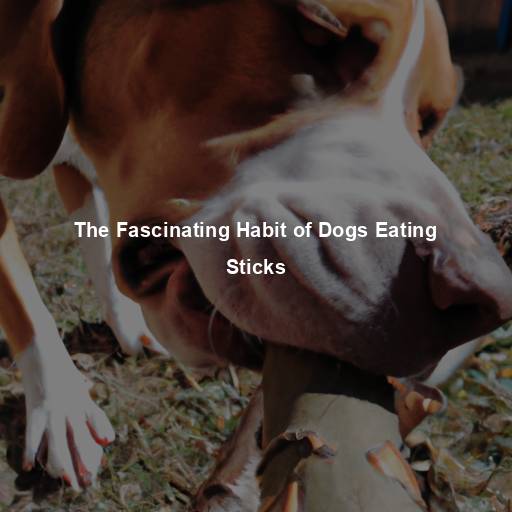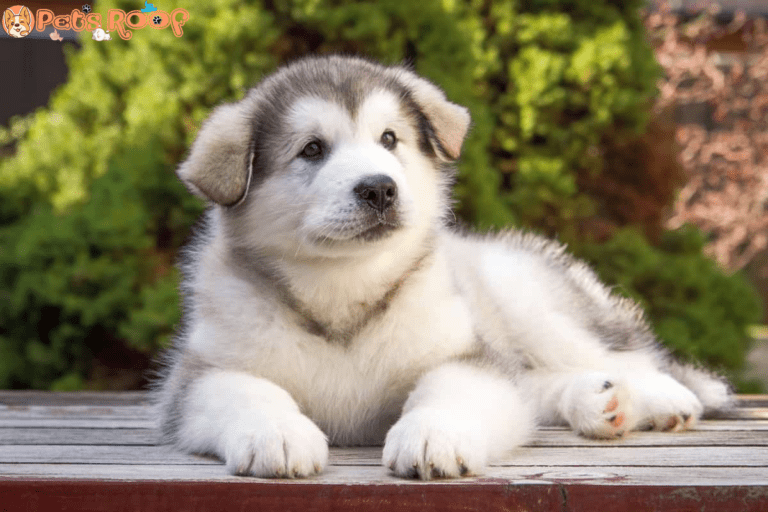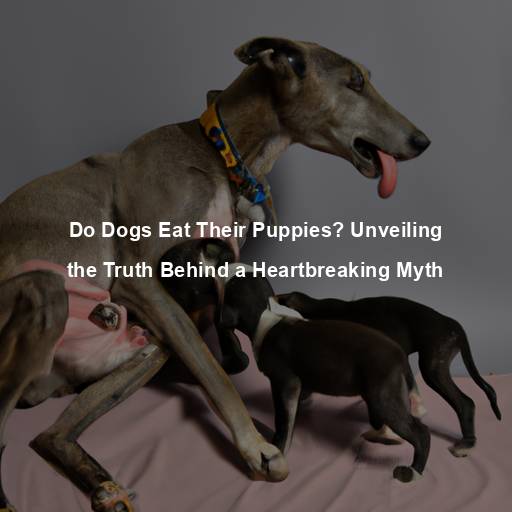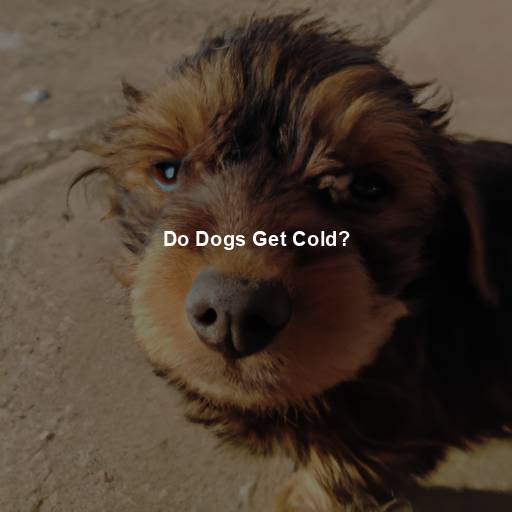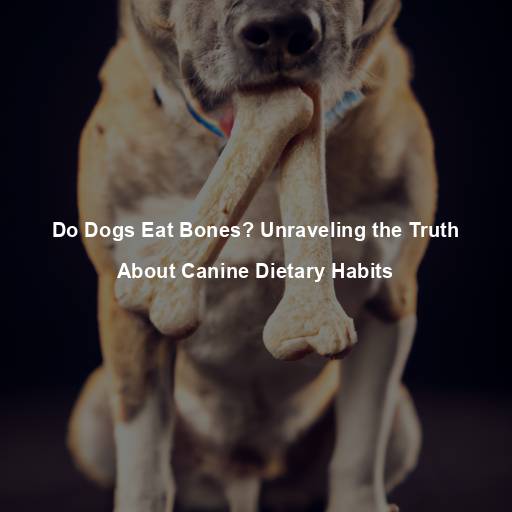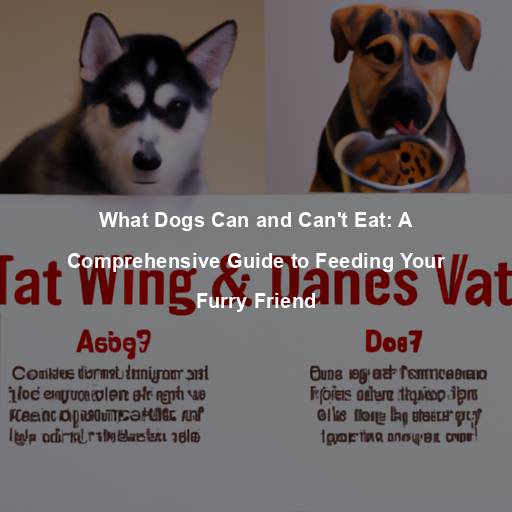The Fascinating Habit of Dogs Eating Sticks
Last Updated on November 2, 2023 by Evan
Contents
Understanding the Canine Fascination with Sticks
Throughout the ages, there has been an uncanny connection between dogs and sticks that has captivated our bewildered minds. It doesn’t matter if it’s a measly twig or a monstrous branch, our furry companions simply cannot resist the allure of a stick. But what is it about these ordinary pieces of wood that bewitch our loyal pets? In this intriguing exposé, we will embark on an exhilarating journey to uncover the enigma behind the canine-stick affair, unmasking the hidden perils that may lurk beneath the surface.
A Natural Instinct
Have you ever wondered why our furry friends are so fascinated by sticks? It turns out, their obsession traces back to their wolf ancestors and their primal instincts. Wolves, in the wild, found solace in chewing sticks to maintain dental hygiene, strengthen their jaws, and alleviate stress. Fast forward to the present, and we see that modern-day dogs have inherited this innate behavior, always yearning to chomp on and carry objects in their mouths.
Chewing for Fun and Mental Stimulation
Dogs possess an innate drive to explore the world around them, but their interests transcend mere instinct. Engaging in the age-old practice of chewing on sticks brings them an indescribable delight. This unconventional pastime not only provides a means of amusement and intellectual engagement, particularly for our furry friends who are often left to their own devices for prolonged periods, but also proves to be a therapeutic remedy to alleviate the humdrum of monotony and the growing pains of teething puppies. By grasping onto a stick, canines find solace in redirecting their boundless energy and indulging their heightened senses, intertwining both playfulness and inquisitiveness into one seamless experience.
The Appeal of Fetch
One cannot discuss dogs and sticks without mentioning the timeless game of fetch. For many dogs, sticks become an integral part of this beloved activity. The act of retrieving a stick thrown by their human companion taps into their innate desire to please and engage in physical exercise. The combination of the chase, the catch, and the return satisfies their natural instincts and strengthens the bond between dog and owner.
Potential Dangers
While dogs and sticks may seem like a match made in heaven, there are certain risks associated with this behavior. One of the primary concerns is the possibility of injury. Dogs that chew on sticks can accidentally swallow splinters or sharp fragments, which may lead to internal injuries or blockages. Additionally, sticks can sometimes splinter or break, posing a choking hazard or causing mouth and throat injuries.
How to Safely Engage in Stick Play
While it’s crucial to be cautious when it comes to dogs and sticks, it doesn’t mean we have to eliminate this form of play altogether. With proper supervision and a few safety measures in place, dogs can enjoy stick play without unnecessary risks. Here are some guidelines to ensure a safe and enjoyable experience:
Choose the Right Stick
Not all sticks are created equal, and some can be more dangerous than others. Avoid sticks that are too small, as they may pose a choking hazard, or those that are sharp and prone to splintering. Instead, opt for larger, sturdy sticks that are less likely to break apart during play.
Inspect the Stick
Before handing a stick to your dog, take a moment to inspect it for any potential hazards. Remove any loose bark, splinters, or sharp edges that could cause harm to your furry friend. It’s better to be safe than sorry!
Teach the “Drop It” Command
When it comes to playtime with our furry friends, ensuring their safety is of utmost importance. One useful skill to teach your dog is the “drop it” command, which can prove invaluable, especially during stick play. With this command in their arsenal, you can effortlessly retrieve sticks from their mouth, minimizing the risk of any unwanted injuries or choking hazards.
Supervise Playtime
When it comes to stick play with your furry friend, playing it safe is the name of the game. Keep a watchful eye on your pup at all times, staying alert for any signs of trouble or risky situations. If you spot your canine companion fixating on a stick with excessive fervor or displaying any worrisome behavior, it’s crucial to step in and guide their attention towards a more secure option, like a chew toy.
Provide Safer Alternatives
As pet owners, we all know how important it is to keep our furry friends entertained and, more importantly, safe. When it comes to satisfying your dog’s instinctual urge to chew, it’s crucial to provide them with suitable alternatives to sticks. Luckily, the market offers a wide array of durable chew toys specifically crafted for dogs, ensuring their chewing needs are met while minimizing any potential health hazards. Say goodbye to worrying about your pup’s well-being and embrace the peace of mind that comes with providing them with safe and long-lasting chew toys.
A Glimpse into Canine Evolution
To truly understand the deep-rooted connection between dogs and sticks, we must delve into their evolutionary history. Dogs, as descendants of wolves, have inherited certain behavioral traits from their wild ancestors. One such behavior is their inclination to chase and retrieve objects, which stems from their hunting instincts. In the wild, wolves often engage in playful behaviors involving sticks or other natural objects, honing their skills for capturing prey.
The Symbolism of Sticks for Dogs
The enigmatic allure of sticks in the canine realm extends far beyond their functional value. Dogs, being highly sociable creatures, utilize sticks as a whimsical form of communication. Transporting a stick may convey a sense of dominance or elicit attention from fellow canines and humans alike. In the intricate dynamics of a pack, sticks play diverse roles as digging utensils, territorial markers, and even impromptu playthings.
Unraveling the Allure of Stick Chewing
Promoting Dental Health
Dogs and sticks, an age-old connection that leaves us pondering its perplexing allure. But beneath this enigmatic behavior lies a fascinating truth – dogs instinctively seek out sticks to maintain their oral well-being. By sinking their teeth into these wood wonders, our furry companions effectively banish plaque and tartar, unveiling a radiant smile. The rhythmic gnawing sensation against their teeth acts as a natural toothbrush, effortlessly whisking away debris and encouraging the production of saliva, a formidable defender against dental diseases.
Providing Mental Stimulation
Dogs, those enigmatic beings of unfathomable intelligence, possess a primal craving for mental enrichment. A fascinating avenue to satiate their boundless curiosity and cognitive prowess lies in the ancient art of stick chewing. By skillfully managing the intricacies of their surroundings, dogs embark on a captivating odyssey of selecting and manipulating sticks in an intricate dance of ingestion. This enlightening pursuit not only gratifies their mental acumen but also serves as a soothing balm, untangling the knots of anxiety and uncertainty that may entangle their furry souls.
Fulfilling the Need to Chew
Similar to how humans have an inherent desire to indulge in the satisfying crunch of gum or savory snacks, our furry friends also possess an innate inclination to chew. The act of gnawing on sticks serves as a vital channel for this primal urge, deterring dogs from directing their chewing tendencies towards less favorable targets like our precious furniture or beloved footwear. Moreover, this activity assists in fortifying their jaw muscles and proves especially advantageous for teething puppies by alleviating the discomfort of their tender gums and facilitating the emergence of new teeth.
Recognizing the Potential Hazards
Splinters and Foreign Objects
While dogs find great pleasure in chewing on sticks, it’s essential to be aware of the potential dangers they may pose. Sticks can splinter easily, especially when dry or brittle, and the sharp fragments can cause injuries to a dog’s mouth, throat, or digestive system. Moreover, dogs may accidentally swallow splinters or small pieces of the stick, which can result in internal injuries or blockages. It’s crucial to closely monitor your dog’s stick-chewing activities and intervene if you notice any signs of distress or if the stick is becoming too worn or damaged.
Choking Hazards
In some cases, dogs may attempt to swallow an entire stick or a large portion of it, leading to choking hazards. This is particularly risky if the stick gets lodged in the throat or obstructs the airway. It’s important to supervise stick play closely and discourage your dog from attempting to swallow or consume large pieces of the stick. If you notice any signs of choking, such as difficulty breathing or excessive drooling, seek immediate veterinary assistance.
Toxicity Concerns
While stick chewing may seem harmless, there are lurking dangers that can leave your furry friend in a perplexing state of health. Step back, because here comes a burst of information! Some types of wood, like yew, oak, or cherry, can be toxically enigmatic if your dog decides to take a bite. And hold on tight, because it gets even more confusing – sticks treated with chemicals, pesticides, or preservatives can turn into a hazardous puzzle for your dog’s well-being.
Safe Alternatives to Stick Play
Durable Chew Toys
Keeping your four-legged friend entertained and satisfied is no small feat, but fret not, we’ve got you covered. Indulge your pup’s instinctual love for chewing and fetching by offering them an enticing selection of tough chew toys. Crafted with canine needs in mind, these toys are engineered to withstand even the most vigorous gnawing while minimizing the risk of breakage or splintering. Opt for robust materials like sturdy rubber or nylon and bid adieu to those unsightly and potentially dangerous stick substitutes.
Interactive Puzzle Toys
Introducing interactive puzzle toys to your furry friend’s playtime repertoire can be a game-changer, unleashing a world of mental stimulation and steering their chewing habits in paw-sitive directions. These ingenious contraptions put your dog’s problem-solving prowess to the test, tasking them with cracking puzzles or maneuvering mechanisms to uncover tantalizing treats and rewards. As boredom trembles in fido’s presence and the craving to gnaw on random sticks fizzles away, these toys ignite bursts of curiosity and perplexity, transforming playtime into an adventure for their eager minds.
Natural Chews
When it comes to our furry friends and their peculiar fascination with sticks, it’s time to think outside the box. We all want them to indulge in chewy delights that are both safe and enjoyable. That’s where the magic of antlers, bully sticks, and innovative dental chews comes in! These natural alternatives offer a texture akin to a stick, minus the hazards.
Embracing the Joy of Stick Play Safely
There is something inexplicably captivating about the profound bond forged between dogs and sticks. It is a connection steeped in ancestral instincts and an insatiable thirst for both mental and physical stimulation. As members of the esteemed club of responsible pet owners, it falls upon us to ensure that the allure of stick play remains a safe and delightful experience for our four-legged companions. With a firm grasp on the potential hazards, an array of suitable alternatives at our disposal, and a steadfast commitment to vigilant supervision, we can cultivate a harmonious and deeply enriching relationship between our dogs and their cherished wooden treasures.
FAQs
Why do dogs eat sticks?
It’s fascinating how dogs find sticks downright captivating. While there isn’t one-size-fits-all answer, devouring sticks can stem from a whirlwind of reasons. For starters, gnawing on sticks offers dogs a double whammy – they get to satiate their inherent chewing instinct and maintain their pearly whites in tip-top shape. Nevertheless, sticks possess an extraordinary allure that extends beyond dental hygiene; enticing textures, captivating scents, and intriguing flavors can effortlessly lure dogs into their woody embrace. Let’s not forget the possibility that some dogs might indulge in stick feasts due to mundane monotony or the sneaky desire to grab their owners’ attention. In the perplexing world of canine behavior, stick-eating reigns supreme as an enigma craving exploration.
Is it safe for dogs to eat sticks?
No, it is not safe for dogs to eat sticks. Consuming sticks can lead to a range of health issues for dogs. Splinters from the sticks can cause mouth and throat injuries, which may result in pain and difficulty swallowing. Ingesting larger pieces of sticks can cause blockages in the digestive system, leading to serious complications that may require surgical intervention. Some sticks may also be coated in harmful chemicals or pesticides, posing further risks to the dog’s health.
How can I prevent my dog from eating sticks?
Keeping your loyal furry friend safe and healthy is paramount, and one common challenge many dog owners face is their pets’ incessant attraction to sticks. Fortunately, there are several effective strategies you can employ to curb this behavior. Firstly, ensure that your dog has a variety of safe and appropriate chew toys readily available for them to gnaw on instead. Secondly, engage your dog in regular physical and mental exercises to stave off boredom, which often leads to stick-seeking behavior. Additionally, remain vigilant during walks and playtime, redirecting your dog’s attention away from sticks and towards more suitable forms of entertainment. Finally, consistent training and reinforcement of commands such as “drop it” or “leave it” can help deter your dog from picking up and consuming sticks. With these proactive measures, you can keep your canine companion happy, healthy, and free from stick-related woes.
What should I do if my dog eats a stick?
When Fido decides to indulge in stick cuisine, it’s crucial to stay vigilant and decode the cryptic language of his behaviors. One moment he may seem fine, but the next, he could be plagued by ominous signs of unease like throaty gasps, labored breathing, or even projectile expulsion. Seek the counsel of a veterinary oracle if you suspect a stick-induced obstruction or injury, and resist the urge to play gastronomic puppeteer without expert validation. Your trusted vet may insist on an inquisition to guarantee your fur baby’s health, utilizing advanced investigative maneuvers.
Can I use sticks as a chew toy for my dog?
When it comes to keeping your furry friend entertained, steer clear of the stick game. As a matter of fact, sticks can bring about a whirlwind of troubles, leaving your pup perplexed and you bursting with worry. Instead, treat them to chew toys that have been crafted with utmost care to ensure their safety. Not only will these toys help satisfy their relentless need to chew, but they will also protect their precious mouth, teeth, and digestive system. Your dog deserves the best, and sticking to chew toys is the way to go.
Are there any diseases dogs can get from eating sticks?
While the act of eating sticks itself may not directly cause diseases, certain bacteria, parasites, or fungi present on the sticks could potentially make your dog sick if ingested. For instance, sticks contaminated with feces may contain harmful pathogens like Salmonella or E. coli. Additionally, molds or fungi growing on the sticks can produce toxins that may lead to gastrointestinal issues. It is important to prevent your dog from ingesting any foreign objects, including sticks, to minimize the risk of disease and maintain their overall health.

